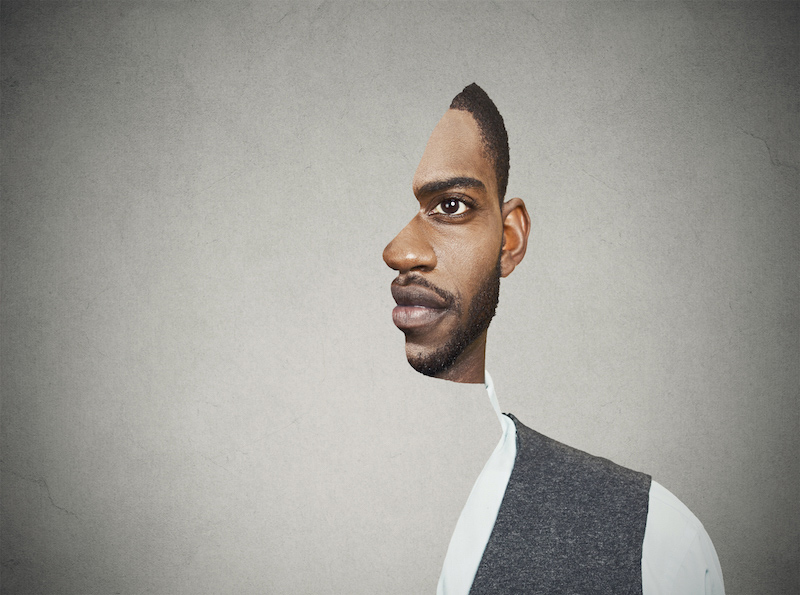
Age-related hearing loss, which worries many adults at some point, tends to become lateral, to put it another way, it affects both ears to a point. Because of this, the average person sees hearing loss as a black and white — either somebody has normal hearing in both ears or reduced hearing on both sides, but that dismisses one particular form of hearing loss entirely.
A 1998 study thought that around 400,000 kids had a unilateral hearing loss due to injury or disease at the time. It’s safe to say that amount has gone up in that last two decades.
What is Single-Sided hearing loss and What Makes It?
As the name implies, single-sided hearing loss suggests a reduction in hearing only in one ear.In intense instances, deep deafness is possible.
Causes of unilateral hearing loss differ. It can be the result of trauma, for instance, someone standing next to a gun firing on the left might get profound or moderate hearing loss in that ear. A disease may lead to this problem, too, for example:
- Acoustic neuroma
- Measles
- Microtia
- Meningitis
- Waardenburg syndrome
- Mumps
- Mastoiditis
No matter the cause, a person who has unilateral hearing must adapt to a different method of processing audio.
Management of the Audio
The mind utilizes the ears nearly like a compass. It identifies the direction of noise based on what ear registers it initially and at the maximum volume.
With the single-sided hearing loss, the noise will only come in one ear no matter what way it comes from. In case you have hearing in the left ear, then your head will turn to search for the sound even if the person talking is on the right.
Think for a minute what that would be like. The sound would enter one side regardless of where what direction it comes from. How would you know where an individual talking to you is standing? Even if the hearing loss is not deep, sound direction is catchy.
Focusing on Sound
The mind also employs the ears to filter out background noise. It tells one ear, the one closest to the noise that you wish to concentrate on, to listen for a voice. The other ear handles the background noises. That is why in a noisy restaurant, so you may still focus on the dialogue at the dining table.
When you can’t use that tool, the mind gets confused. It is unable to filter out background sounds like a fan running, so that is everything you hear.
The mind has a lot going on at any given time but having two ears enables it to multitask. That is the reason you can sit and examine your social media sites while watching Netflix or talking with family. With only one working ear, the mind loses the ability to do something while listening. It must prioritize between what you see and what you hear, so you tend to miss out on the conversation taking place without you while you navigate your newsfeed.
The Head Shadow Effect
The head shadow effect describes how certain sounds are unavailable to an individual having a unilateral hearing loss. Low tones have long frequencies so they bend enough to wrap round the head and reach the working ear. High pitches have shorter wavelengths and don’t endure the trek.
If you’re standing beside a person with a high pitched voice, you might not understand what they say unless you turn so the working ear is on their side. On the other hand, you might hear somebody with a deep voice just fine regardless of what side they’re on because they produce longer sound waves which make it to either ear.
Individuals with just minor hearing loss in just one ear tend to adapt. They learn quickly to turn their head a certain way to listen to a buddy speak, for instance. For those who battle with single-sided hearing loss, a hearing aid might be work round that yields their lateral hearing to them.

